Tradition since 1716
Get in touch with us to receive an individual offer.
All prices in EURO incl. VAT for Germany. Subject to change and errors excepted. Valid from 01.10.2024!
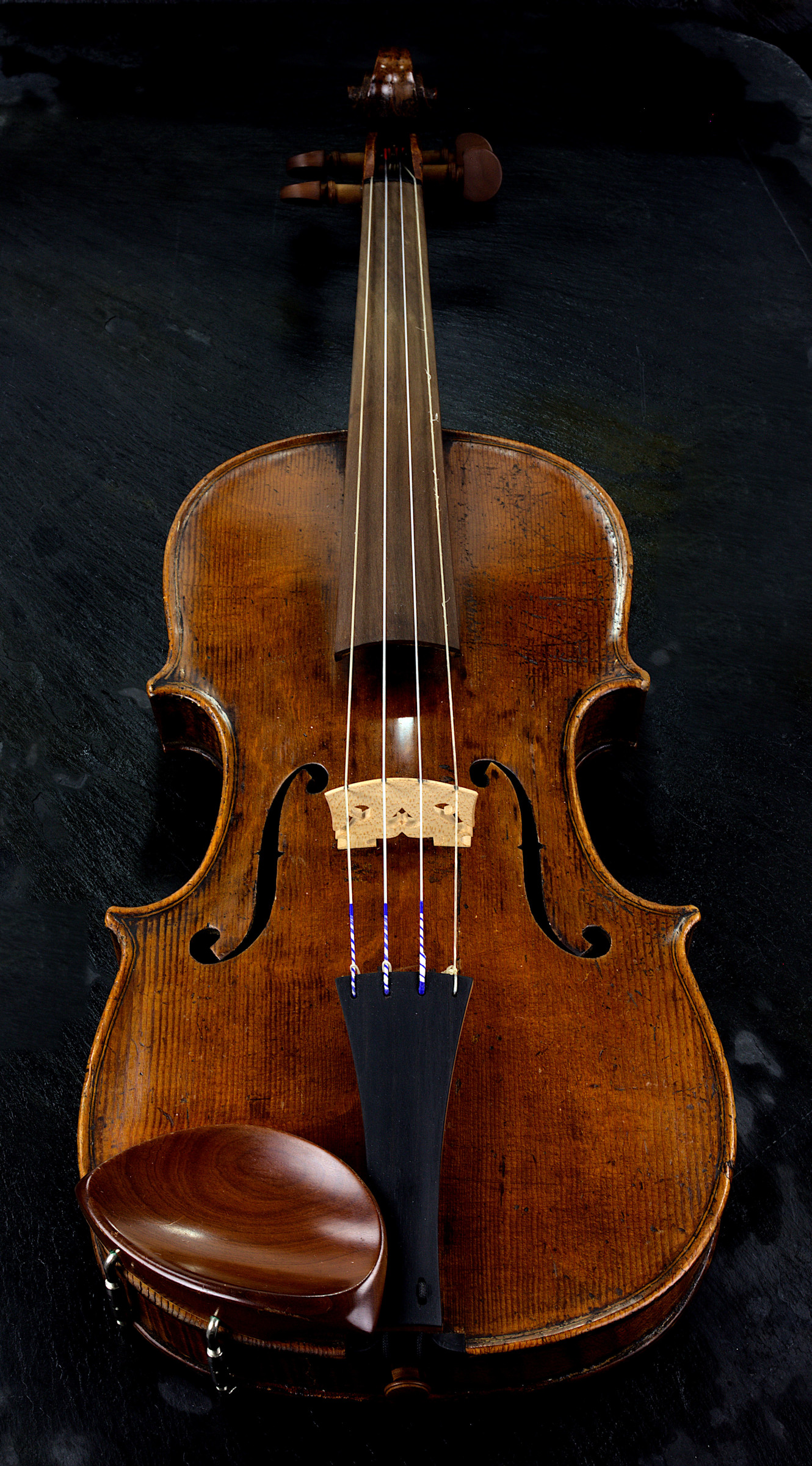


Handmade in a traditional German master workshop.
Handmade in a traditional German master workshop.


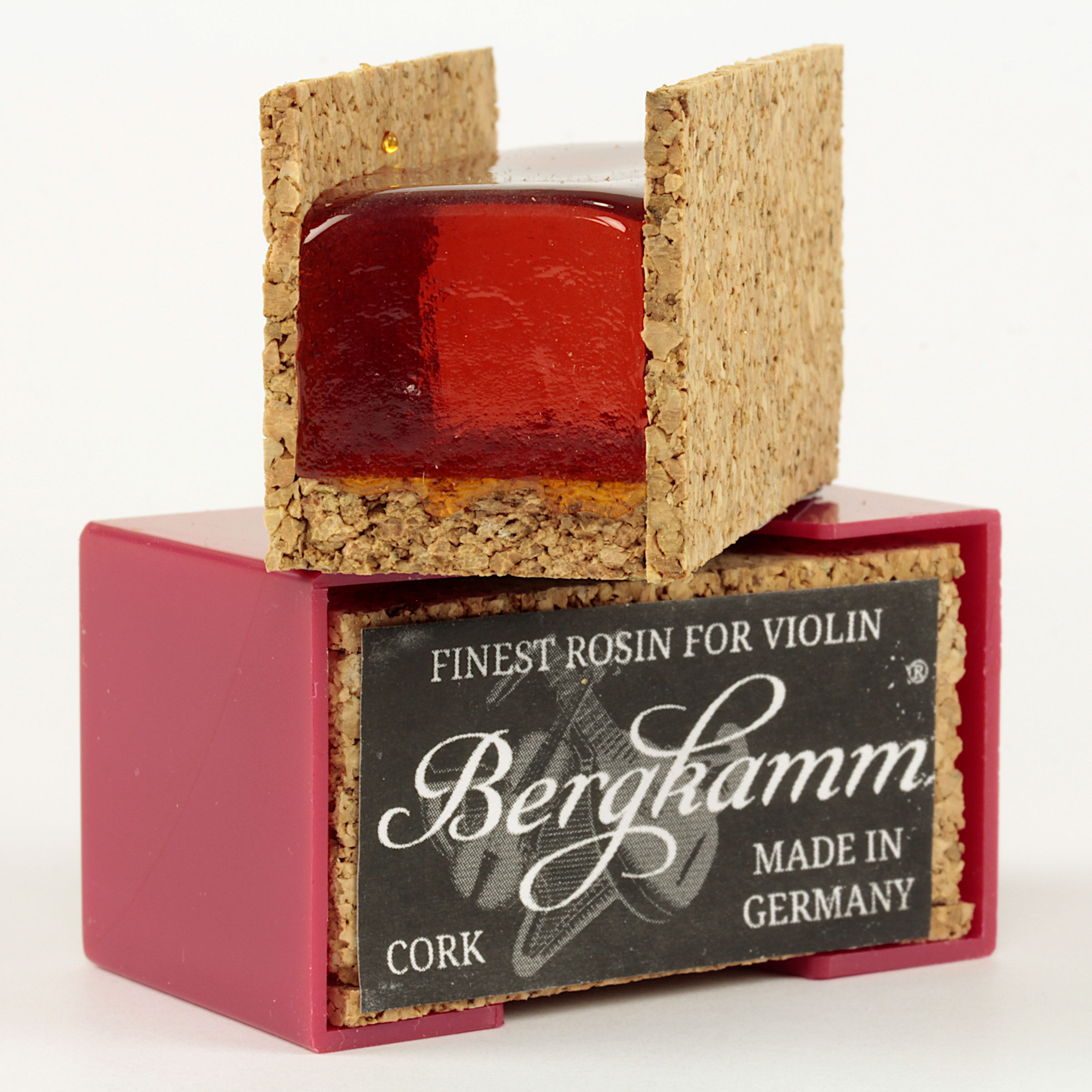
Made in Germany
The strings have a wound nylon core. Their sound is very lively, big and round. The tone is open and direct with an extremely easy response.
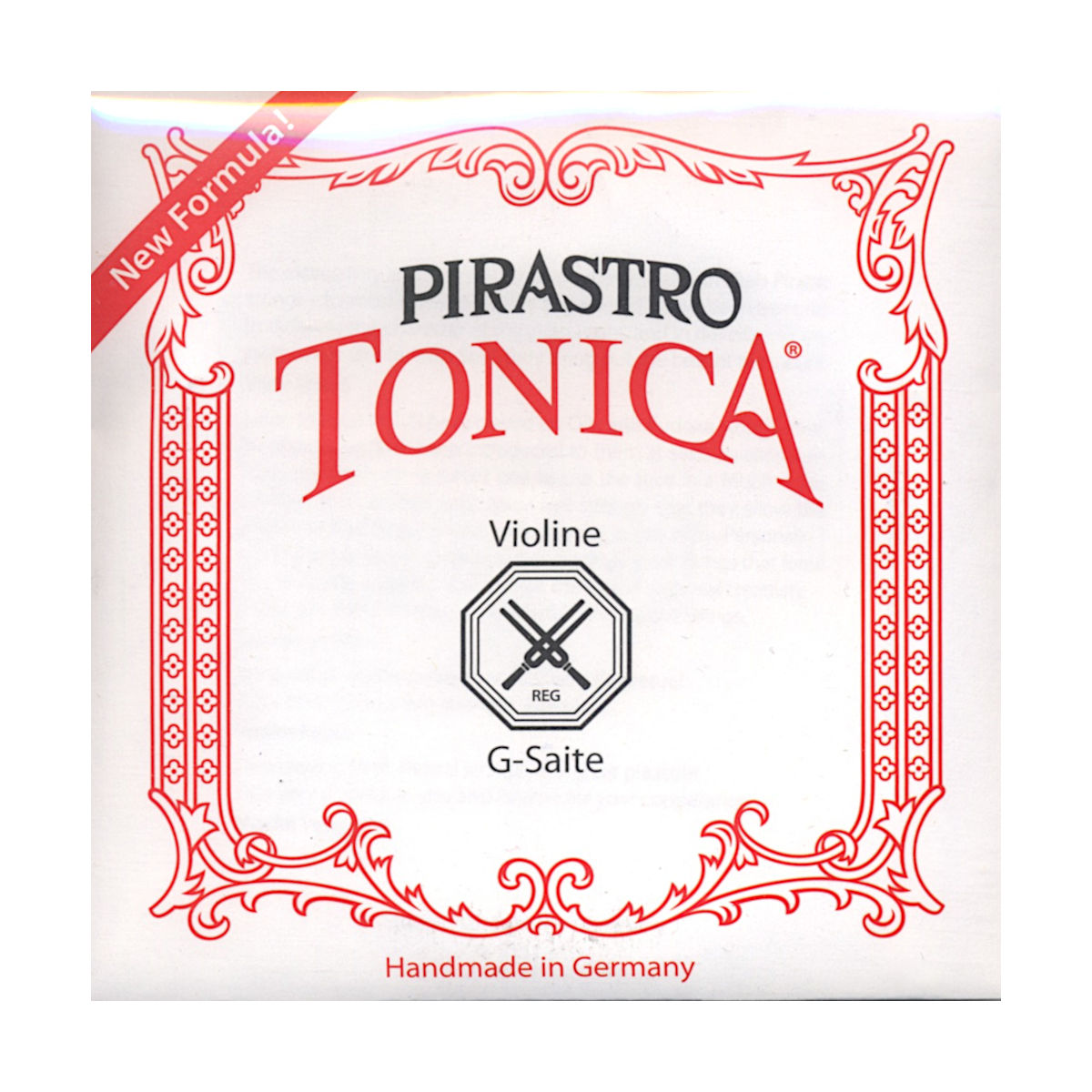
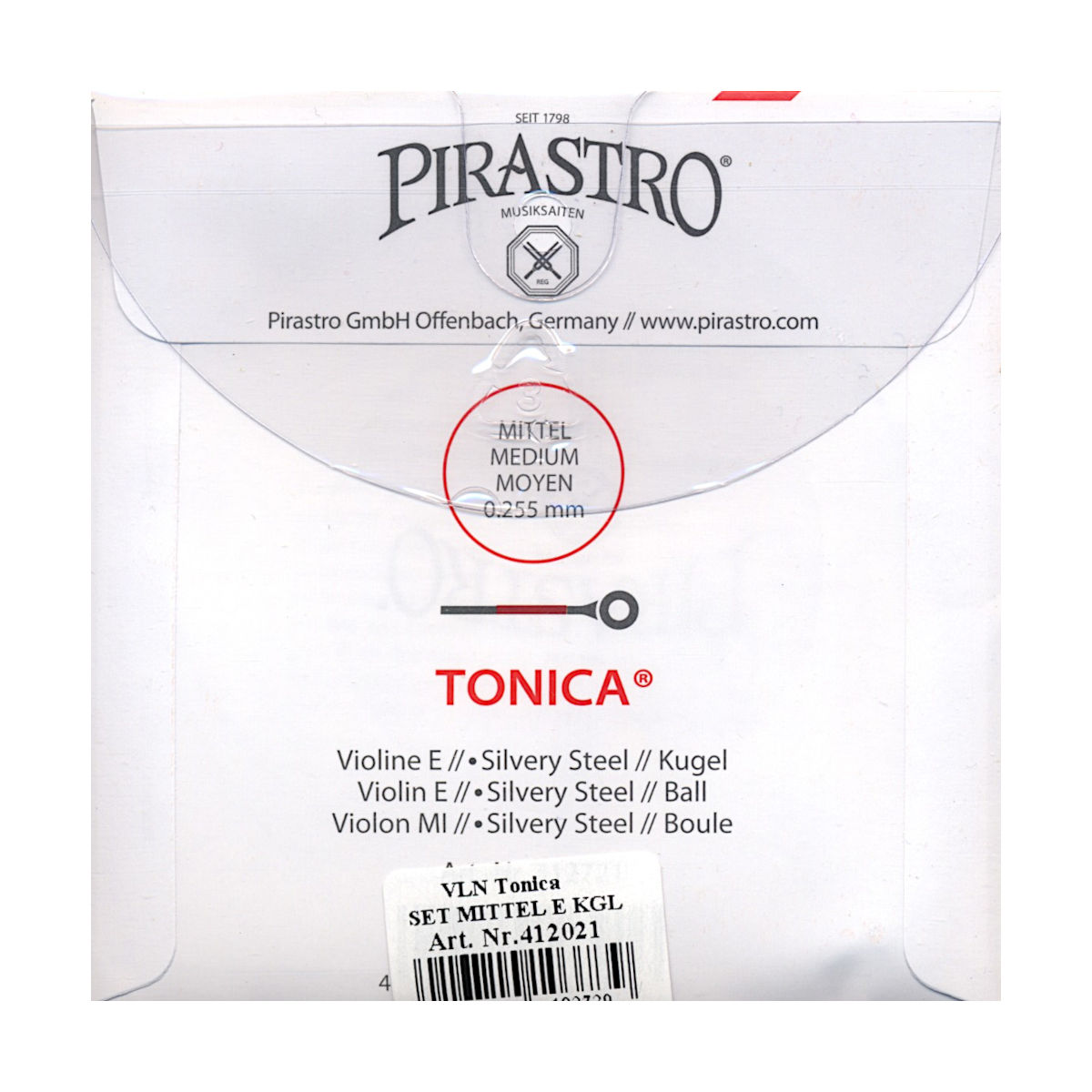
Why do the best violins come from Bergkamm®?
It all starts with a personal relationship with our suppliers of woods and components as well as the regional violin making workshops.
Woods, strings etc. are purchased in large quantities. This guarantees a good purchase price at the procurement stage, which we pass on to our customers.
It is followed by the production of small series with an optimised batch size, coordinated with the violin makers. This is where the long tradition and experience as well as craftsmanship flow into Bergkamm® products.
Once the violins are finished, they are stored in our special storage system. This is important for the varnish to 'breathe' and to release tension in the wood over the course of the seasons.
The musicians benefit from this elaborate production process:
We, the Herold family, and our renowned musical instrument company in Klingenthal, Germany, have remembered the violin-making tradition of our town. More than 300 years of eventful history of musical instrument making in the town on the Aschberg mountain meant that the memory of violin making was lost for many years. In 2013, this long tradition inspired us to pick up on these artisan roots under the brand name Bergkamm®.
The immense experience of generations of master violin makers from our region, the 'Vogtland Music Region', played an important role in this. Every Bergkamm® master violin is made to the highest standards of craftsmanship for professional soloists, aspiring professional musicians, amateurs, students and beginners. The master luthiers select the best woods, strings and components for each instrument. These materials are processed with outstanding craftsmanship to create a premium product with the highest standards of sound quality and aesthetic appearance.
The first presentation of the instruments took place in 2015 at the 'Frankfurt Music Fair' and attracted many musicians and dealers at home and abroad. Since then, the Bergkamm® brand has continued to develop and is appreciated by many musicians worldwide. Bergkamm® violins are characterized by their unique logo, which follows the seal of the old Klingentahl violin making guild from the founding year 1716.
The famous Belgian cellist Edmond Carlier played a Bergkamm® cello at the ESTA conference in 2025 in Amersfoort, the Netherlands.
He gave an introduction to learning to play the cello using his textbook “NAVARRA”.
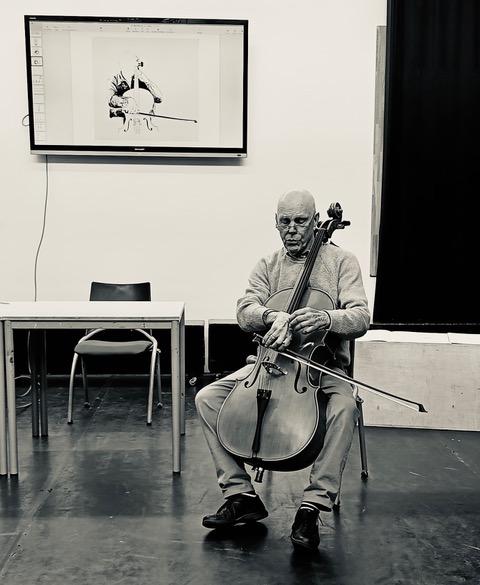
In 2016, the music town of Klingenthal celebrated the 300th anniversary of the founding of its violin makers' guild. The guild was founded on January 24, 1716 with a constituent meeting. For Klingenthal, this marked the beginning of a tradition of musical instrument making that continues to this day, which has played a significant role in the worldwide reputation of our town and continues to attract numerous guests to cultural events every year.
This was preceded by a relatively short application process, which nevertheless contains a special feature that underlines the importance of violin making as an exceptional craft: on December 17, 1715, the bailiff of Vogtsberg reported to Duke Moritz Wilhelm of Saxony-Zeitz that four violin makers in Klingenthal namely 'Hannß George Ludewig, George Caspar Hopff, Johann George Dörffler and George Friedrich Hopff' had requested permission to establish their own guild in Klingenthal.
A master's widow was also to be admitted. Her deceased husband Johann Michael Hopff had been instrumental in the founding of the guild. Just four weeks later, on January 20, 1716, the ruler confirmed the guild articles and the founding convention finally took place on January 24, 1716. In principle, the founding of a guild (in Saxon: Innung) was only permitted for craftsmen with civil rights who were based in towns.
However, Klingenthal did not have a town charter at the time and so Duke Moritz Wilhelm von Sachsen-Zeitz granted the founding of the guild to the inhabitants of a village, so to speak! However, the violin makers did not see themselves as craftsmen, historical sources mostly refer to the 'art' of violin making. This pride resonated in the guild articles: A master violin - to this day an exclusive instrument - was to come from one and the same workshop, from the cutting of the wood to the finishing and varnishing - in other words, it was to be 'wholly crafted'.
The sale of so-called 'white goods', i.e. unvarnished raw violins, was frowned upon and expressly criminalized under Article 11. Article 8 already prohibited peddling - master violin makers were only allowed to sell to reputable violin dealers. Knowledge of the art of violin making had come to Klingenthal through predominantly Protestant exiles who had left their homeland as a result of the Thirty Years' War and the resulting re-Catholicization of Bohemia and settled in Saxony.
For Klingenthal violin making, the name of the Hopf family (also: Hopff) also became a type of instrument of the same name that is still in demand today and whose design was followed by many other violin makers. However, other master violin makers and dynasties also contributed to the good reputation of Klingenthal instruments: Dörffel, Schloßer, Übel, Goram and Meisel all made instruments of excellent quality. The careful selection of wood also contributed to this: spruce wood for the top and maple wood for the back were felled in the high altitudes around the Klingenthal valley. So-called tonewood (sound wood) and precise processing of this raw material were the cornerstones of high-quality instruments whose reputation still rings out into the world today.
In the middle of the 19th century, Klingenthal saw the start of the boom in harmonica production and, a little later, hand harmonica production. As home-based suppliers or factory workers, there was no need for a four-year apprenticeship or expensive training fees - the violin makers were running out of young talent, even from their own ranks. Finally, on January 9, 1887, the Klingenthal violin makers' guild was dissolved.
Xenia Brunner, Head of the Music and Winter Sports Museum, Klingenthal, 2016
Bergkamm®
c/o Herold CX GmbH
Talstraße 40
08248 KLINGENTHAL
DEUTSCHLAND
René Herold
Herold CX GmbH
Talstr. 40
08248 Klingenthal
Deutschland
Telefon: +49 (0) 37467 69090 (Montag bis Freitag von 11:00 bis 17:00 Uhr)
Elektronischer Kontakt: cx [ät] herold.xyz
USt-IdNr.: DE368575148
Steuernummer: 223/110/00466
Handelsregister: HRB 36605
Registergericht: Amtsgericht Chemnitz
Herold CX GmbH wird vertreten durch den Geschäftsführer: René Herold
© 2025, Herold CX GmbH. Alle Rechte vorbehalten. Bergkamm ist eine Marke oder eingetragene Marke von Ursula Herold in der Europäischen Union (EU) und in anderen Ländern. Alle anderen Marken oder Produktnamen sind Marken ihrer jeweiligen Eigentümer.
www.herold.xyz
www.bergkamm.de
www.instagram.com/bergkamm.de
www.akkordeonbalg.de
www.accordionbellows.com